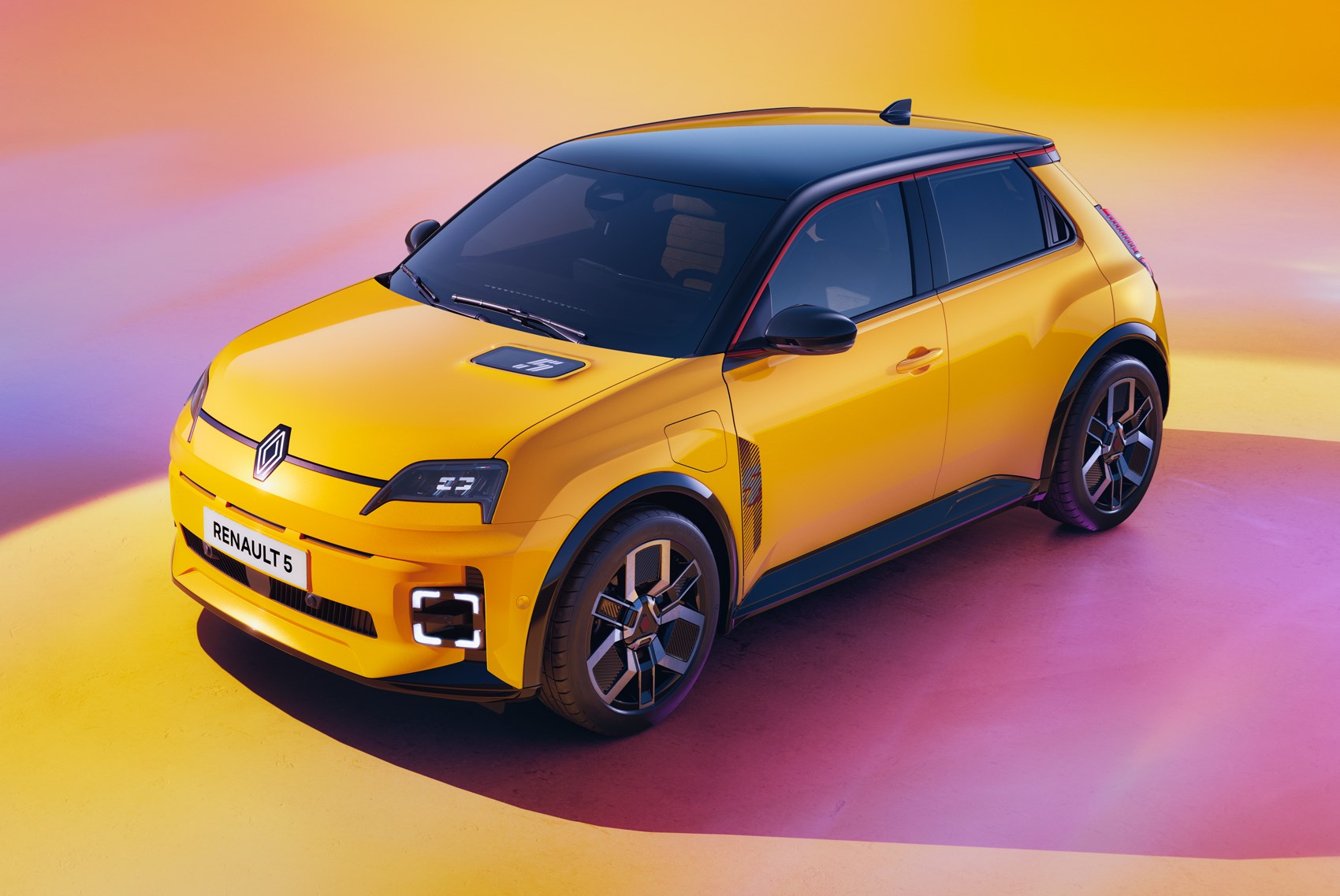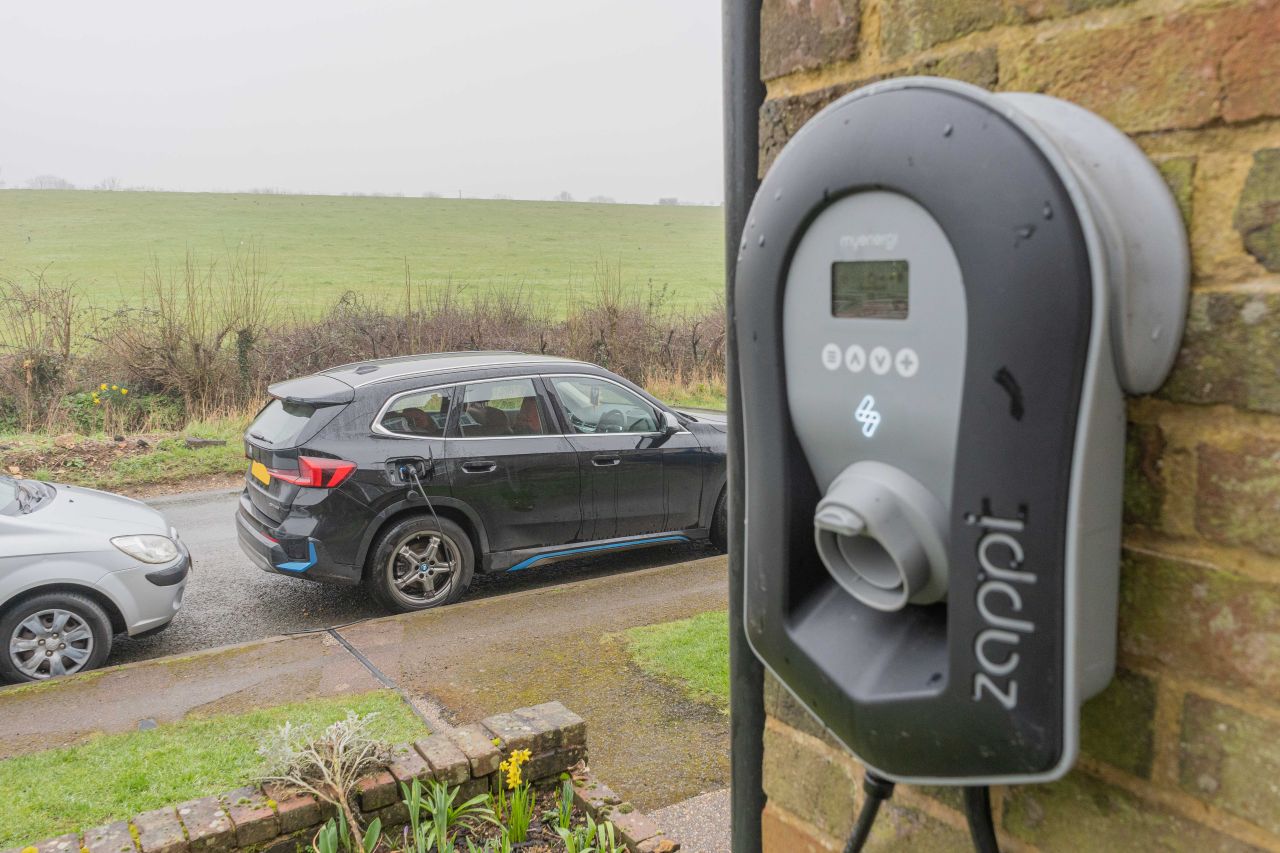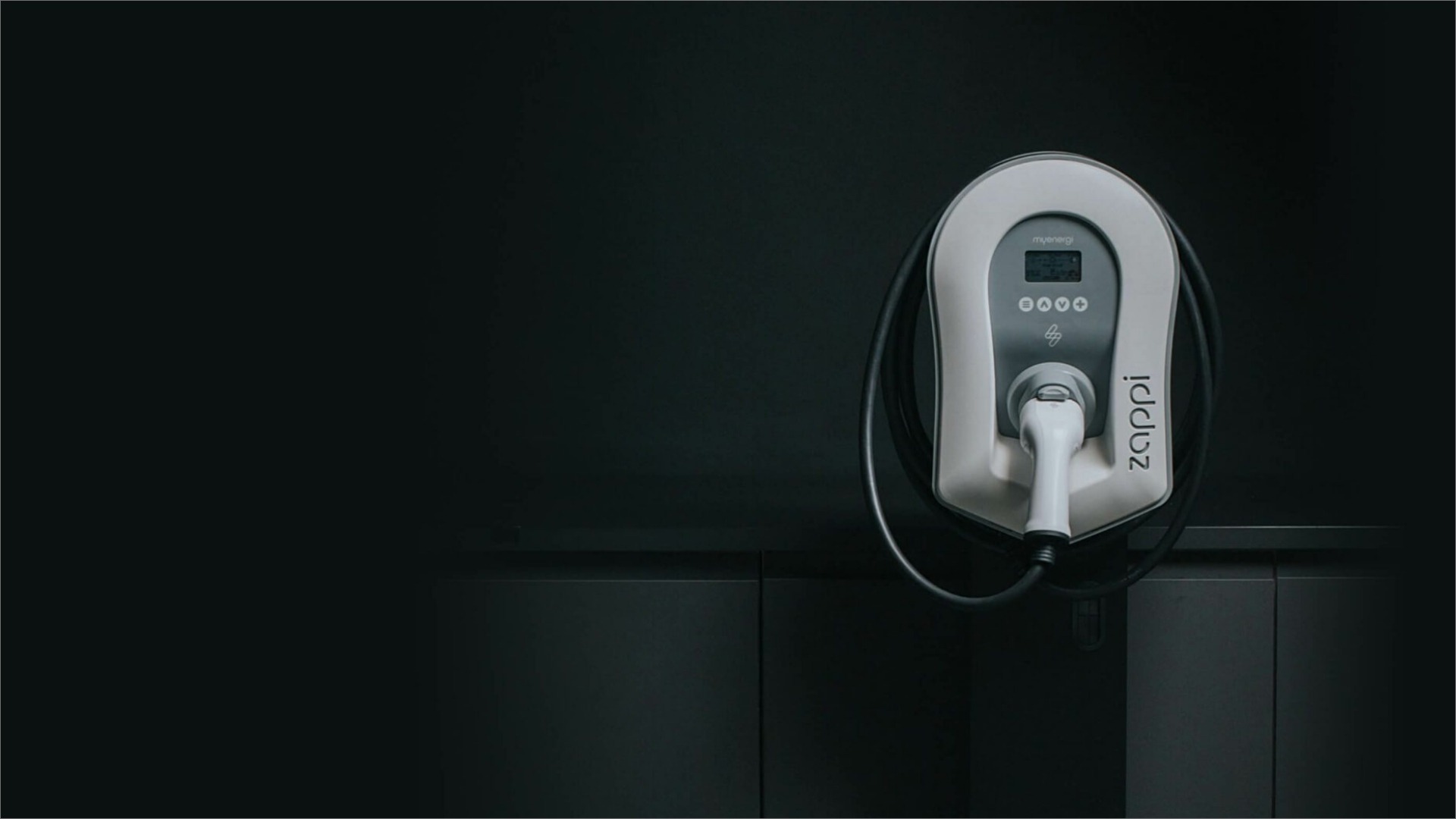Renault recently unveiled a glimpse into the future at this year’s Geneva International Motor Show. Inspired by its 1970s predecessor, the all-new Renault 5 will blend evocative design with next-generation in-car technology and hugely impressive driving performance.
While initial reports were quick to praise its French charm, 248-mile driving range and 3D printed customisable accessories, the standard inclusion of an 11kW AC bidirectional charger fell somewhat under the radar. While vehicle-to-grid (V2G) technology is by no means an exclusive addition the impressive new model, harnessing AC format is certainly a different approach to most solutions on the market.
Commenting on the launch, Jordan Brompton, co-founder and CMO of myenergi, said: “As the transition to electrification continues to accelerate, the speed of technology development is increasing at pace. While the Renault 5 not only looks the part, its range and performance stats are hugely impressive – and offers yet another attractive small electric car for drivers all around the globe.
“However, of all the specs, I was most interested in the addition of AC bidirectional charging capability as standard. After all, with V2G technology at the forefront of the EV charging conversation, it seems that the space has not only progressed, but also changed direction away from DC solutions. It’s especially great to see this innovative technology being offered to consumers in an affordable vehicle, rather than something at the luxury end of the market.
“But why is this important, you may ask. At myenergi, we think that AC V2G tech could catapult the industry forward, making the concept and capability of V2G far more accessible and more affordable than ever before.
“Of course, there are already a few DC V2G solutions, but they have their limitations. First of all, they’re a very large unit to install on the side of your house – closer in size to an air conditioning unit than a compact smart charger. What’s more, high purchase costs – currently around £4,000-£5,000 – make them widely inaccessible to many EV drivers.
“AC charging, on the other hand, can alleviate a number of these challenges. With the unit fitted within the car, rather than on the home, you don’t have the size issue. What’s more, they’re far more cost effective overall and – as the unit is fitted by the vehicle manufacturer – the cost is simply wrapped into your finance deal, rather than being an outright purchase cost. It’ll also work with standard Type 2 cabling, which makes the whole process far more straightforward.
“At myenergi, we believe that AC V2G charging is the pragmatic route forward and we commend Renault for making this important (yet somewhat under-publicised) step. We’ve been looking into bidirectional solutions for a number of years now, with conversations ongoing regarding our future product roadmap.
“Bidirectional charging represents a change in the way we think about both electric vehicles and energy use. The technology transforms EVs from passive to active participants in the grid – offering consumers the ability to harness feed-in tariffs to their benefit, while providing yet another decentralised solution to provide grid balancing in times of high energy demand.
“With Renault setting the stick in the sand, we hope that more vehicle manufacturers will follow suit and look to integrate AC bidirectional charging into their latest models. Through technological development and adoption, EVs can further accelerate momentum towards an even cleaner, greener future.”

 Book An Installation
Book An Installation



